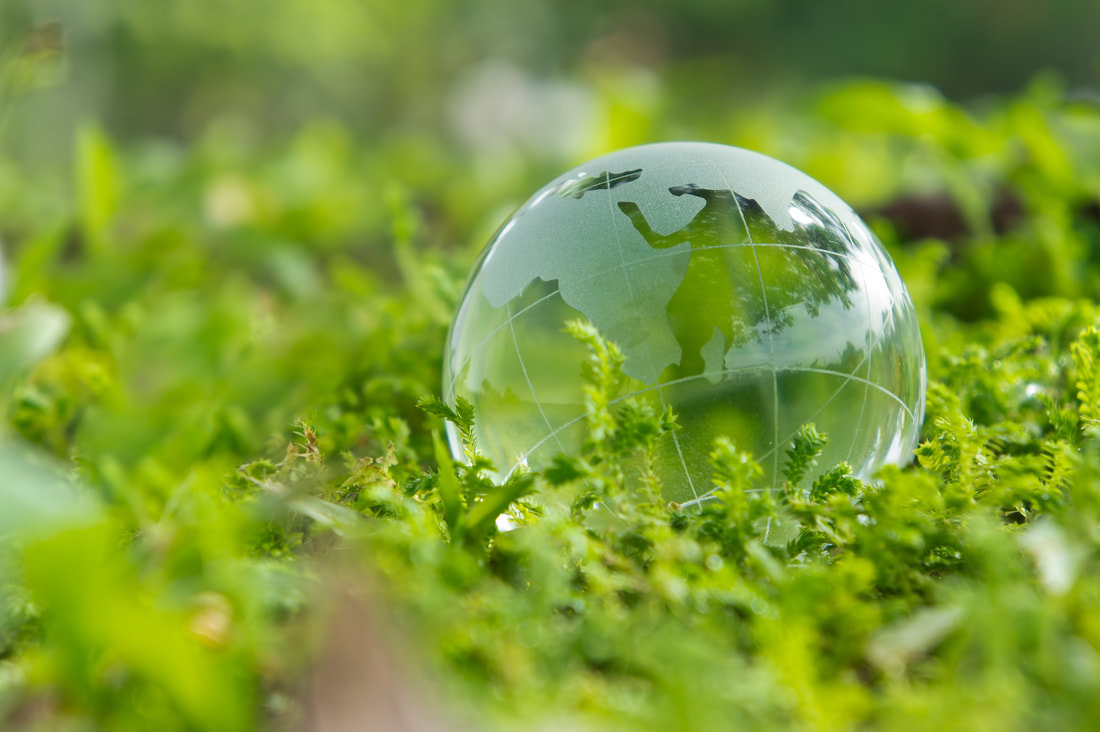|
Daniel Butler, Municipal Relations San Diego County Waste Management of North County The recycling industry is currently going through a serious downturn due to import policies being enforced by China to reduce trash in recyclables put into effect in early 2018. Their action stems from something that has become all too common in recycling programs across North America: recycling contamination, or the percentage of trash mixed with recyclables. Today, the average contamination rate among communities and businesses sits at around 25%. That means that about 1 in 4 items placed in a recycling container is actually not recyclable through collection programs, and this creates enormous problems for the recycling economy.
China – a major importer of recyclables – continues to issue new rules on the types of materials it will accept, including a 0.5% maximum on recycling contamination. That means that the 25% contamination rate we see today must reach virtually zero for those items to be recycled. Anything above that 0.5% contamination will be rejected by Chine, shipped back to the United States, and eventually that material will have to go to a landfill. These new guidelines result in higher processing costs while commodity prices are continuing their downward trend in value. The recycling industry, in response to China’s strict acceptance policies, began sending material to Southeast Asian countries like Thailand, Vietnam and Myanmar. However, these countries have now committed to follow in the footsteps of China and restrict foreign materials from coming to their ports. Domestic processing facilities are also being explored, but any new industry - wide developments could be at least five years out. Many of us grew up with a different kind of recycling program than we have today. Back in the day, we separated items at the curb each week, making it easier to process paper, aluminum, glass and plastics into different material streams. All the right things were being recycled. In the early 2000s, recycling changed with the arrival of “single - stream”. Through this process, residents and businesses could put all acceptable recyclables into a single bin or cart, and those items would then be separated at a sorting facility. Over a short period of time, thanks to the convenience of single - stream, more people began to participate as recycling rates soared to their highest levels. Unfortunately, the negative side - effect of increased participation due to the convenience of commingled bins and carts was non - recyclables finding their way into the recycling stream – things like plastic bags, organic waste (food, liquid and yard waste), rubber hoses, wires and low - grade plastics. These non - recyclables are what we refer to as contamination. The sustainability and viability of all recycling programs is dependent upon collecting high quality, high value recyclable materials free of contamination. We all have a role to play in making recycling sustainable for years to come –and that’s especially true for Waste Management. We have a great interest in finding a solution for our customers, our industry and for the environment. Actions we’re currently taking to improve the economic health of recycling include: •Expanding the markets where we sell recyclables •Continuing to seek new and improved sorting capabilities to get contaminants out •Providing additional resources for educating consumers on the do’s and don’ts of recycling Communities and businesses have a role to play, too, and it all boils down to recycling the RIGHT items the RIGHT way. Basically, it’s time to get back to the basics and to apply the same discipline we did years ago to the modern recycling programs of today. This can be done by following a few simple rules: DO 1. Recycle all empty bottles, cans, paper and cardboard 2. Keep food and liquids out of your recycling 3. Keep plastic bags out of your recycling DON’T 1. Place plastic bags into recycling bins –they tangle in the machinery 2. Include food - soiled items and liquids –they can turn an entire load of recycling into trash 3. Put sharp or dangerous materials like needles and electronics into recycling –they can cause injury to our workers 4. Toss in “tanglers” like rubber hoses and wires –they can shut down an entire recycling center! By working together, we can make recycling great for the environment and make it economically sustainable for years to come. 8/12/2019 04:39:21 pm
It was interesting to read about the "single stream" recycling changes where you can now put everything into a single bin. My husband and I want to do our part to help take care of the earth. We'll definitely look into a program that can get us a recycling bin. 2/4/2020 12:09:50 am
I really like your blog presentation. It is informative too, at the same time. I have gone through few of the blog links which you have shared. This has helped in clarifying some of my doubts about waste management. Thanks a lot for your guidance! Comments are closed.
|
Categories
All
Archives
December 2023
|
|
|
|
|


 RSS Feed
RSS Feed
